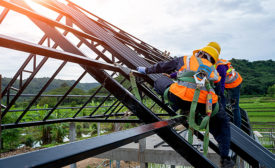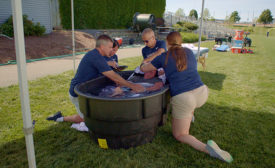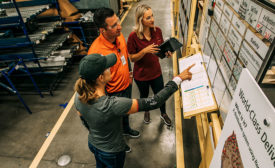Home » Keywords: » labor statistics
Items Tagged with 'labor statistics'
ARTICLES
Heat illness more dangerous, easier to prevent than you think
Hot jobs, high risk
March 31, 2020
Strategies to train & outfit inexperienced workers
Coping with the labor shortage
October 1, 2019
Become a Leader in Safety Culture
Build your knowledge with ISHN, covering key safety, health and industrial hygiene news, products, and trends.
JOIN TODAYCopyright ©2024. All Rights Reserved BNP Media.
Design, CMS, Hosting & Web Development :: ePublishing







